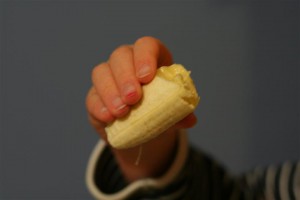Short lesson today because I had a class tonight. M and I did:
- Sight reading in Read This First. We worked on the transition from one line to the next, to eliminate the pause she introduces at the beginning of a new line as she orients herself.
- We practiced the first 8 bars of Meadow Minuet and moved on to the next 8 bars. We listened first, and she can sing the melody easily, but she struggled with playing it. So we sang it at the top of our lungs a few times.
Before our lesson, we were discussing review, and she asked, “Can we do a lesson that’s all review some time?” I said yes.
I’ve been watching some videos that the Suzuki Association is making available in their “Parents as Partners Online” webinar. Some are very helpful, and I plan to post my notes for future reference. They really reinforce the importance of review.
